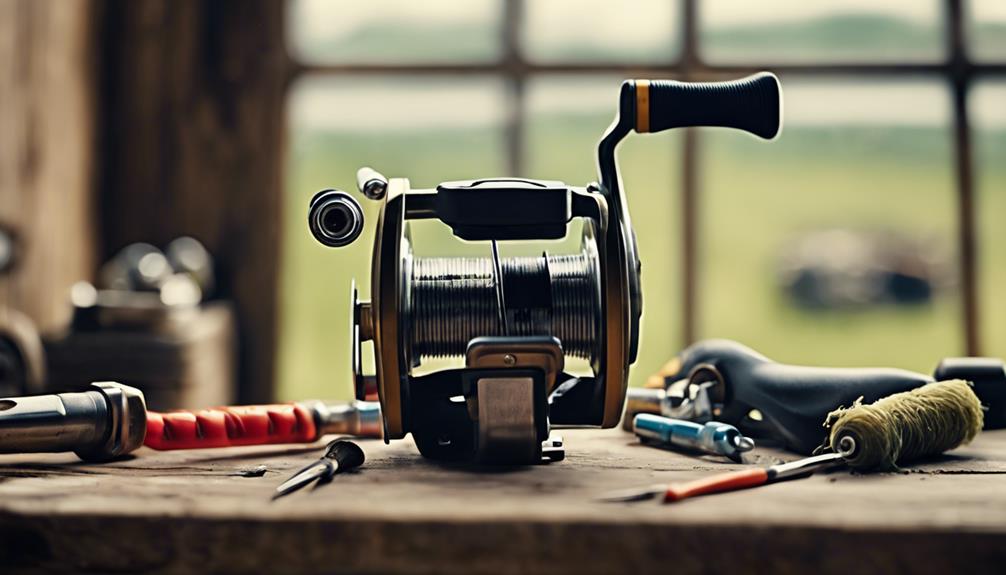Fishing is not just a hobby; it’s an art that has been passed down through generations. Understanding how to catch fish effectively can make your fishing trips more enjoyable and successful. In this guide, we will explore various techniques, tips, and tools that will help you become more proficient in fishing. Whether you’re a beginner or looking to refine your skills, this comprehensive guide on how to catch fish will cover all the essential aspects.
Understanding Fish Behavior: The Key to Successful Fishing
Before diving into the various techniques on how to catch fish, it’s crucial to understand fish behavior. Fish are influenced by a variety of factors including water temperature, time of day, and weather conditions. For instance, many species are more active during dawn and dusk, making these times ideal for fishing. Additionally, fish tend to congregate in areas with ample cover, such as submerged rocks, weeds, or structures like piers and docks. By understanding these behaviors, you can significantly increase your chances of a successful fishing trip.
Essential Fishing Gear: What You Need to Get Started
When learning how to catch fish, the right equipment is essential. Your gear doesn’t need to be expensive, but it should be appropriate for the type of fishing you plan to do. A basic setup includes a fishing rod, reel, line, hooks, and bait. For beginners, a medium-action spinning rod paired with a spinning reel is a versatile choice. Additionally, make sure to have a tackle box to store your hooks, weights, and lures. As you gain experience, you may want to explore specialized gear based on the fish species you’re targeting, such as fly rods or baitcasting reels.
Choosing the Right Bait: Natural vs. Artificial
Bait selection is a critical aspect of how to catch fish effectively. Natural baits, such as worms, minnows, or insects, are often more effective as they mimic the fish’s natural food sources. However, artificial lures can also be effective and come in various shapes, sizes, and colors. Experimenting with different types of bait will help you determine what works best for the specific fish species in your area. For example, using bright-colored lures might attract bass, while using live bait is often more effective for catfish.
Fishing Techniques: From Casting to Trolling
There are various fishing techniques you can use, and the method you choose will depend on the type of fish you’re targeting and the fishing environment. Casting is one of the most common techniques, where you throw your bait into the water and wait for a fish to bite. Trolling involves dragging a baited line behind a moving boat, which can cover a larger area and attract fish that are more active in deeper waters. Other techniques include fly fishing, bottom fishing, and ice fishing. Familiarizing yourself with these techniques will enhance your skills in how to catch fish.
Understanding Local Regulations: Fishing Licenses and Limits
Before you head out, it’s essential to familiarize yourself with local fishing regulations. Many regions require you to obtain a fishing license, which helps manage fish populations and sustain the ecosystem. Additionally, there are often specific rules regarding catch limits, size restrictions, and closed seasons for certain species. Ignoring these regulations can lead to hefty fines and damage the fishing environment. Always check with your local wildlife agency to ensure you’re following the rules while enjoying your fishing adventures.
Safety Tips for a Successful Fishing Trip
Safety should always be a priority when you’re out fishing. Ensure you have the proper safety gear, such as life jackets if you’re boating, and sunscreen to protect against sunburn. Moreover, it’s wise to let someone know your fishing plans and expected return time. If you’re fishing in remote areas, consider bringing a first aid kit, as well as communication devices such as a cell phone or a satellite phone. By prioritizing safety, you can focus on the fun of how to catch fish without unnecessary worries.
Practicing Patience: The Art of Waiting
One of the most important aspects of how to catch fish is learning to be patient. Fishing is not just about the catch; it’s also about enjoying the experience and connecting with nature. Often, the best moments come while waiting for a bite, where you can enjoy the serene environment and the thrill of anticipation. Don’t get discouraged if you don’t catch fish immediately; even seasoned anglers have days when the fish simply aren’t biting. Embrace the process, and remember that every trip is an opportunity to learn something new.
Cleaning and Cooking Your Catch: From Water to Table
Once you’ve successfully caught fish, the next step is knowing how to clean and prepare your catch. Proper cleaning and cooking not only enhance the flavor but also ensure food safety. Start by rinsing the fish in clean water, then use a sharp knife to scale and gut the fish. If you’re unsure about the cleaning process, consider watching tutorial videos or asking experienced anglers for advice. There are countless recipes available for cooking fish, from grilling to frying, allowing you to enjoy the fruits of your labor.
Conclusion: Embrace the Journey of Fishing
Learning how to catch fish is a rewarding journey that combines skill, patience, and an appreciation for nature. By understanding fish behavior, selecting the right gear, and mastering various techniques, you’ll improve your fishing experience significantly. Always remember to adhere to local regulations, prioritize safety, and embrace the patience that this sport requires. With practice and dedication, you will not only become adept at catching fish but also create lasting memories on the water. Happy fishing!
